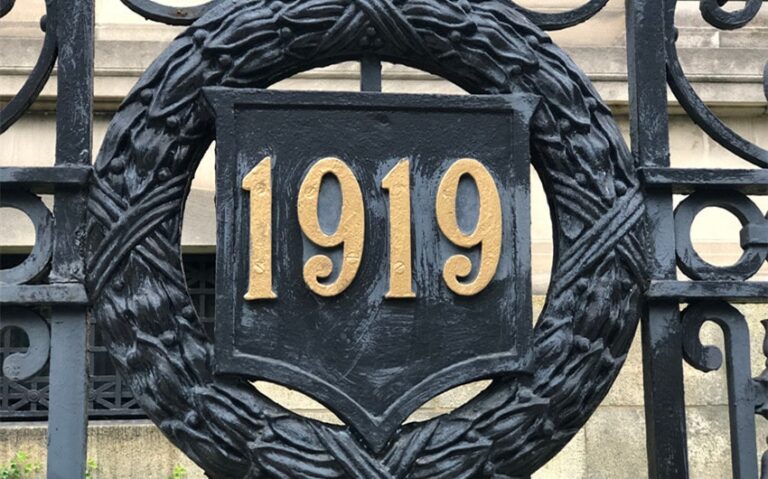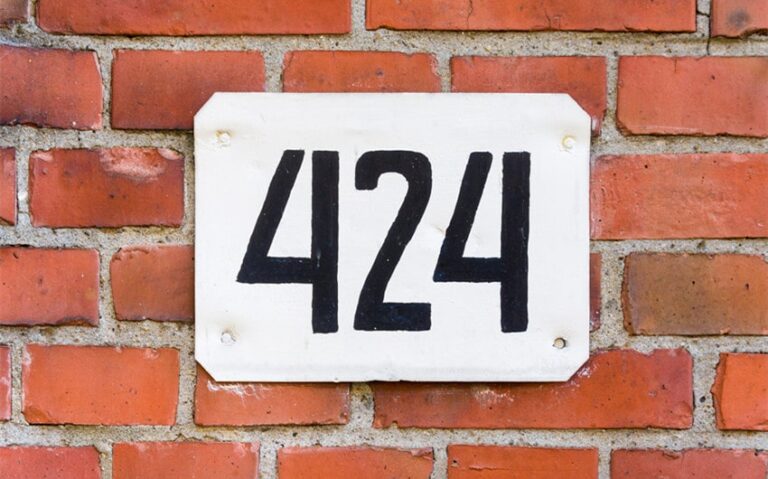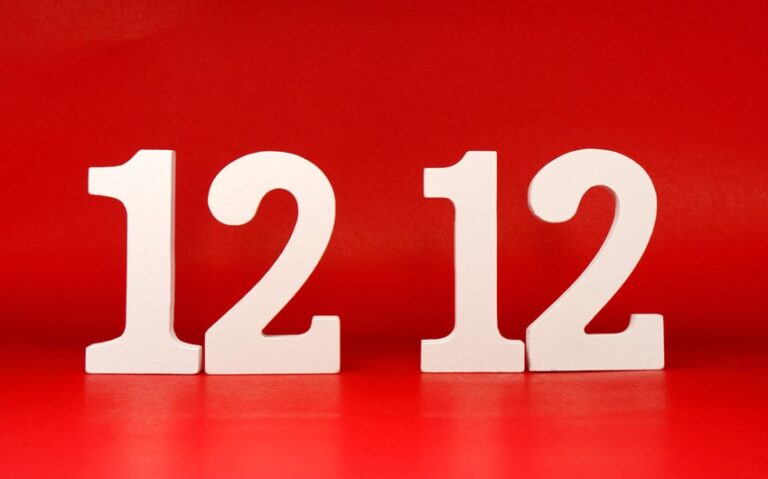What Does an Upside-Down Pineapple Mean Sexually?
You may have seen an upside-down pineapple on clothing, at parties, or even in the grocery store, and wondered if it has a special meaning. In some communities, it does! So, what does an upside-down pineapple mean sexually? It’s often used as a discreet symbol by people who are part of the swinging lifestyle, indicating an openness to meeting others with similar interests.
While most of us associate pineapples with hospitality, this twist on the tropical fruit reveals an entirely different, more private message. Let’s dive deeper into the story behind this surprising symbol.
What Does an Upside-Down Pineapple Mean?
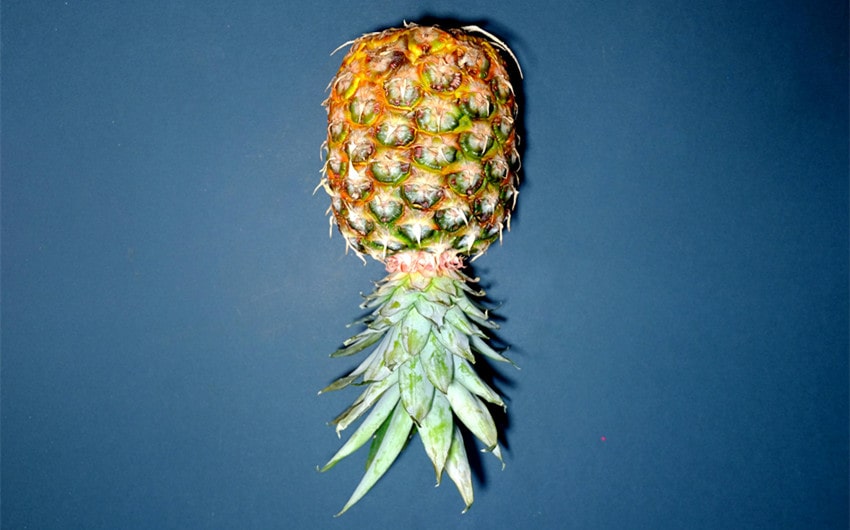
An upside-down pineapple has taken on a unique meaning in certain social circles, particularly within the swinging lifestyle. In this context, the upside-down pineapple is a subtle symbol used to indicate that someone is open to engaging in the swinger community, which involves couples or individuals participating in consensual partner swapping or other forms of non-monogamous relationships.
This symbol is often displayed discreetly in public spaces as a way for swingers to identify one another without drawing too much attention. You might see an upside-down pineapple on clothing, in home decor, or even as a keychain. Sometimes, swingers use the symbol in places like grocery stores, turning a pineapple upside down in their shopping cart to signal interest. It’s a way of expressing a lifestyle choice without having to explicitly state it.
The use of the upside-down pineapple has become more recognized in recent years, although not everyone who displays one may be aware of its alternative meaning. While pineapples are generally known to represent hospitality and friendliness, flipping it upside down adds an entirely different layer to its significance, making it a subtle but clear signal within the swinging community.
This symbol’s discreet nature is intentional, providing a way for people within the lifestyle to connect without making others uncomfortable or overtly stating their preferences. It’s part of a larger trend of using symbols and signs to maintain privacy and respect while navigating various social interactions.
The Origin of the Upside-Down Pineapple Symbol
The upside-down pineapple symbol has its roots in the general association of the pineapple with hospitality, warmth, and welcome. Historically, pineapples were a rare and luxurious fruit, often placed at the center of tables to greet guests and symbolize friendship and generosity. However, in recent decades, this symbol took on a different meaning in the swinger community.
It’s believed that swingers adopted the upside-down pineapple as a discreet way to signal their interest in meeting other like-minded individuals. The symbol’s association with openness and welcoming became a natural fit for this lifestyle, evolving from general hospitality to representing openness to new relationships, particularly within the context of partner-swapping or non-monogamous connections.
Although it’s unclear exactly when the upside-down pineapple first became connected with swinging, its use has grown over the years, both in public spaces like grocery stores and in private social events. Today, it remains one of the most recognized and subtle ways for swingers to communicate their preferences without overtly stating them.
Upside-Down Pineapple in Social Contexts
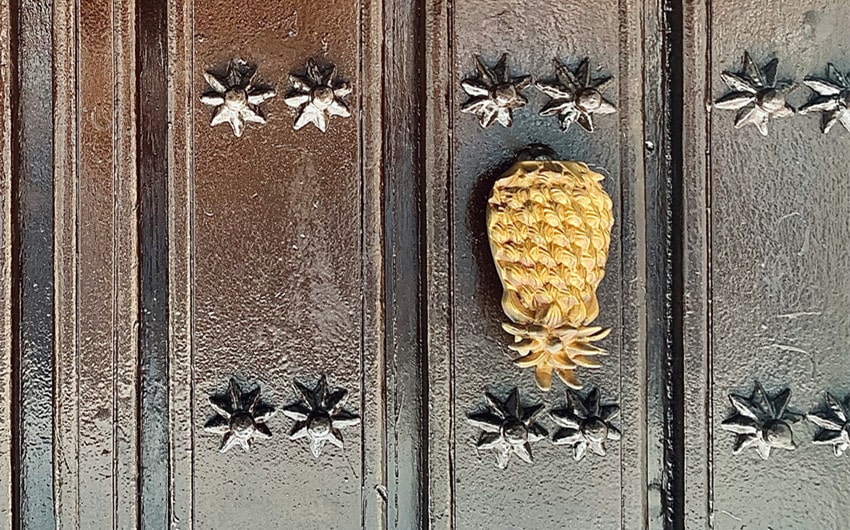
The upside-down pineapple has become a subtle symbol in various social settings, allowing swingers to discreetly signal their interest. Here’s how it’s used in different contexts to communicate without drawing attention.
1. The Grocery Store Signal
One of the most popular ways swingers use the upside-down pineapple is in grocery stores. Swingers may place a pineapple upside down in their cart as a subtle way of signaling interest. This discreet act allows others in the community to recognize them without drawing attention or making anyone feel uncomfortable.
2. Upside-Down Pineapple at Social Events
At swinger parties, cruises, and resorts, the upside-down pineapple is a common and recognizable symbol. It might appear on clothing, accessories, or decorations, signaling that the person or event is swinger-friendly. By incorporating the symbol into social gatherings, swingers can more easily identify each other without making overt statements.
3. Fashion and Personal Items
You might spot an upside-down pineapple on hats, t-shirts, or even keychains. Swingers often use these subtle cues in fashion to express their lifestyle while blending into everyday situations. This allows them to signal interest or recognition without being explicit, creating an environment where like-minded people can connect.
4. Home Decor and Tattoos
For some, the upside-down pineapple goes beyond clothing and into personal spaces. A decorative item in the home or even a tattoo can serve as a signal to visitors that the homeowners are part of the swinger community. These symbols are often placed in inconspicuous areas, allowing for discretion while still communicating a message to those who know the meaning.
5. Social Media and Online Communities
The upside-down pineapple has also found its way into online swinger communities. People use the symbol in profile pictures, posts, or messages to indicate their interest in the lifestyle. It serves as a digital sign that helps members connect, while still maintaining a level of privacy and discretion.
Other Sexual Symbols Similar to the Upside-Down Pineapple
While the upside-down pineapple is a well-known symbol in the swinger and non-monogamous communities, it’s not the only one. Many other discreet symbols are used to signal sexual preferences or openness to alternative lifestyles. Like the upside-down pineapple, these symbols allow people to connect subtly and maintain privacy. Here are a few notable examples:
1. Black Rings
Wearing a black ring on the right hand, particularly on the ring finger, is a common signal used by swingers. It’s a subtle but recognizable sign among those familiar with the lifestyle. The black ring serves a similar purpose to the upside-down pineapple, allowing swingers to identify one another in public or social settings without drawing unnecessary attention.
2. The Unicorn Symbol
In the world of non-monogamy, a “unicorn” refers to a single, typically bisexual woman who is willing to engage in relationships with couples. Unicorns are considered rare, hence the name. Some people in the lifestyle may wear jewelry featuring a unicorn or include the symbol in their social media profiles to indicate their status or desire to meet others in the same context.
3. The Swinger Knot
A lesser-known but growing symbol within the swinger community is the swinger knot. It consists of a knot tied in a specific fashion, often displayed on clothing, jewelry, or even tattoos. Like the upside-down pineapple, the swinger knot is a way to signal participation in the swinger lifestyle while maintaining discretion.
4. The Garden Gnome
While it may seem whimsical, the garden gnome has become a playful symbol in some swinging communities. Some couples place a garden gnome in their front yard as a signal to others that they are part of the swinger lifestyle. Though more obscure than the upside-down pineapple, the garden gnome offers a fun and lighthearted way for swingers to identify one another.
5. The Black Ring Emoji
In the digital world, emojis have become a popular form of communication, including within alternative lifestyles. The black ring emoji is sometimes used in swinger communities to signify interest in the lifestyle. It provides a discreet way to communicate on dating apps, social media, or private messaging without using direct words.
6. Upside-Down Pineapple Stickers
Building on the traditional upside-down pineapple, some swingers use pineapple stickers or decals on their cars, bags, or even luggage when traveling. These stickers serve the same purpose as the physical upside-down pineapple in grocery stores but offer more portability and flexibility, especially when attending swinger-friendly events or resorts.
7. The Anklet
In some swinger communities, wearing an anklet, particularly on the right ankle, is another subtle way of signaling involvement in the lifestyle. The anklet has long been associated with flirtation and openness, making it a discreet but effective symbol within this context.
8. The Infinity Symbol
The infinity symbol, typically represented as a sideways figure eight, has become a common tattoo or jewelry design in polyamorous communities. It signifies the boundless nature of love and relationships and is often worn by those who practice consensual non-monogamy. While less specific to swinging, it still serves as a recognizable symbol of openness to multiple relationships.
9. The Blue Feather
A blue feather is sometimes used within the kink and BDSM communities to indicate someone’s interest in non-traditional sexual practices. Like the upside-down pineapple, it’s a subtle sign that may not be recognized by those outside the community, offering a way to communicate interest while maintaining privacy.
What to Do If You Encounter the Upside-Down Pineapple
If you come across an upside-down pineapple, whether in someone’s shopping cart, on their clothing, or in decor, you might wonder how to respond or whether any action is necessary. Here are some key points to consider when encountering this symbol:
1. Understand the Context
Not everyone who displays an upside-down pineapple is part of the swinger community. Some may simply be unaware of its meaning or use it unintentionally. Before jumping to conclusions, consider the setting. If you spot the symbol in a casual environment like a grocery store or on vacation, it’s possible the person may not even know its alternative significance.
2. Respect Boundaries
Even if you suspect the upside-down pineapple is being used as a signal for the swinger lifestyle, it’s important to respect boundaries. The symbol is meant to be discreet, and it’s not an open invitation to approach someone without consideration. Avoid assuming that everyone who displays the symbol is looking to engage in conversation or activity related to their lifestyle choices.
3. Avoid Making Assumptions
Unless the person openly shares their involvement in the swinger community, it’s best not to make any assumptions. Swingers value privacy, and using the upside-down pineapple is meant to maintain discretion. If you’re not part of that community, it’s important to treat the symbol as you would any other form of personal expression—without judgment or unnecessary attention.
4. Know When to Engage
If you’re part of the swinger community and you encounter the symbol in an appropriate context—such as at a swinger-friendly event, cruise, or resort—you might feel comfortable starting a conversation or making a subtle connection. However, even in these environments, it’s important to proceed respectfully and gauge the other person’s comfort level before assuming they want to engage further.
5. Be Polite and Courteous
If you’re not sure what the upside-down pineapple means but are curious, you can ask politely without making the other person uncomfortable. A lighthearted or non-intrusive approach is key. For example, “I’ve seen this symbol a lot lately—does it have a special meaning?” might be a respectful way to open the conversation. If the person chooses to share more, they will, but if not, it’s important to respect their privacy.
6. Use the Symbol Responsibly
If you’re interested in using the upside-down pineapple yourself, be mindful of when and where you display it. Remember that the symbol is a subtle signal within the community, and displaying it inappropriately might cause confusion. If you’re using it intentionally, be prepared for the possibility of people within the swinger lifestyle recognizing the symbol and approaching you.


